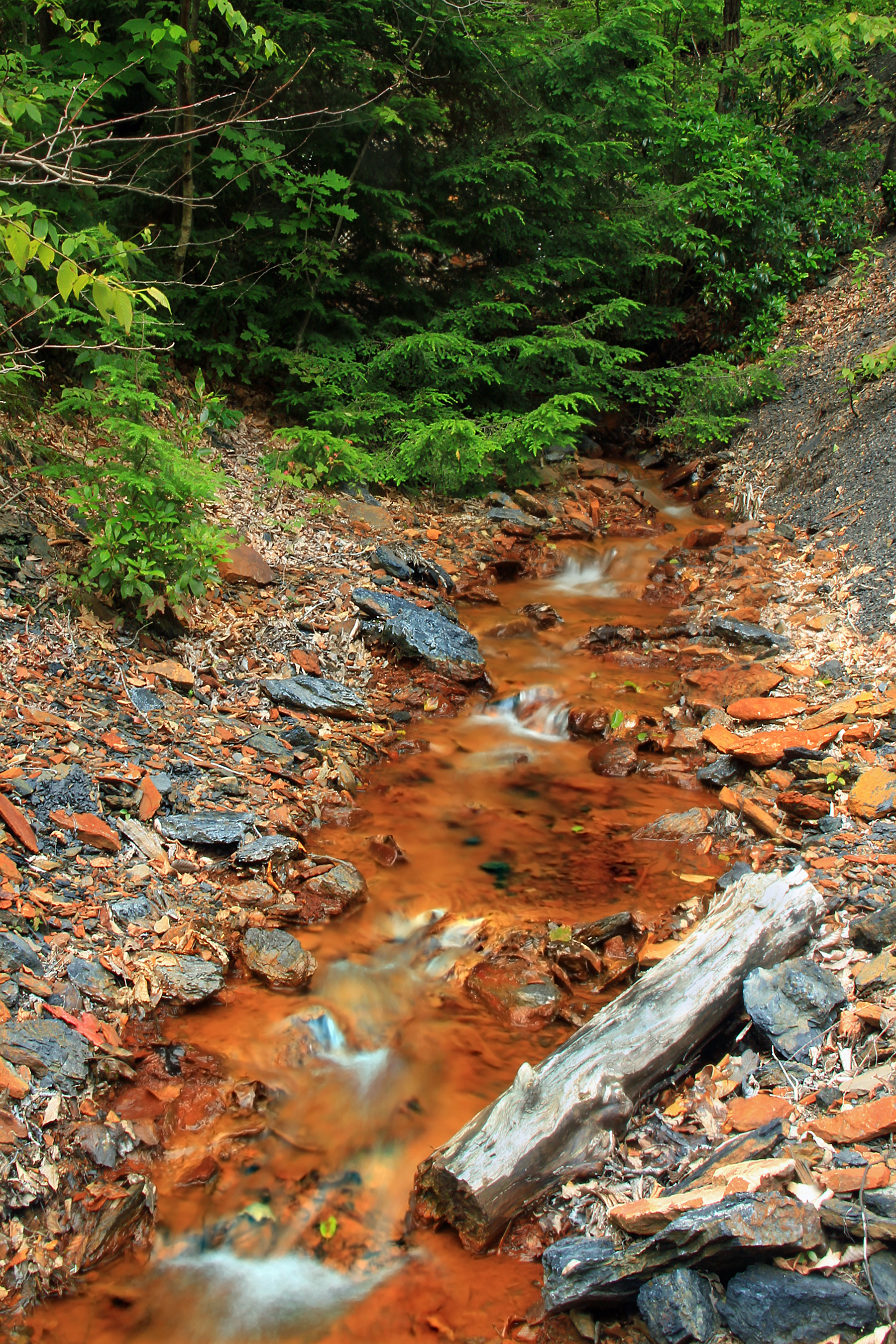A newly created material designed to adsorb copper quickly and efficiently offers a potential approach for improving the removal of that element from wastewater, including toxic acid mine drainage. Comprising commonly available chemicals, the material could lead to more cost-effective approaches for removing copper and possibly other metals from contaminated water sources.
Known as zinc imidazole salicylaldoxime supramolecule, or ZIOS for short, the material was developed and tested by scientists from the Lawrence Berkeley National Laboratory; the University of California, Berkeley; and the National Synchrotron Radiation Research Center in Taiwan. The researchers presented their findings in “A Nature-Inspired Hydrogen-Bonded Supramolecular Complex for Selective Copper Ion Removal from Water,” an article published online in the journal Nature Communications on Aug. 7, 2020.
“ZIOS helps us to choose and remove only copper, a contaminant in water that has been linked to disease and organ failure, without removing desirable ions, such as nutrients or essential minerals,” says Ngoc Bui, Ph.D., the lead author of the article, in a Nov. 24 news release from the Berkeley Lab. A former postdoctoral researcher in the Berkeley Lab’s Molecular Foundry, Bui is now an assistant professor of chemical, biological, and materials engineering at the University of Oklahoma.
An ‘ion-specific sponge’
The researchers developed ZIOS to reduce the energy required to clean traditionally nonpotable water sources, including brines and water produced from oil and gas operations. Remediating such water sources represents an “outstanding challenge,” says Jeff Urban, a co-author of the article and the director of the Inorganic Nanostructures Facility within the Molecular Foundry of the Berkeley Lab.

ZIOS removes copper 30 to 50 times faster than current state-of-the-art copper adsorbents, the authors state in the journal article.
To succeed as a cost-effective means of removing copper from water, an adsorbent must meet multiple criteria. “A promising ion adsorbent should exhibit high adsorption kinetics, large adsorption capacities even at low contaminant levels, selectivity for the target ion, stability in the water environment, scalability, regenerability, and affordability,” according to the article. However, “most materials investigated to date for copper ion capture often suffer from one or more drawbacks, such as low selectivity, low capacity, or limited function,” the article states. What is more, such materials often require expensive ingredients or preparations.
The ZIOS material is a type of hydrogen-bonded, organic-inorganic framework, a relatively new class of adsorbents known for their selectivity.
“ZIOS can be thought of as an ion-specific sponge,” Urban says. “It is an open framework material — so more empty space than atoms — with specific chemical groups designed to preferentially bind copper. We synthesize it through a simple, room-temperature reaction with basic commercially available chemicals. It is, however, a new structure of our own design.”
Composed of trinuclear units of zinc(II) and the organic compounds 2-methylimidazole and salicylaldoxime, ZIOS crystals exhibit “unprecedentedly fast adsorption kinetics as well as high adsorption capacities and selective performance at low pH values,” according to the journal article.
ZIOS “exceeds every other competing material in both specificity and kinetics and capacity,” Urban says. “Typically, there is an engineering tradeoff between selectivity and capacity in general. The analogy would be to molecular membranes, where selectivity and permeability are directly offset.” What is more, ZIOS crystals remained stable in water for several weeks. The material also exhibited stability in acidic conditions, which Urban calls “another pleasant surprise” of the research team’s findings.
Lowering the cost of treatment
The specificity of ZIOS in binding to copper is a major part of its promise as a possible means of removing copper from water more effectively.
Greater specificity also could translate to more affordable water treatment. “Today’s water treatment systems are ‘bulk separation technologies’ — they pull out all solutes, irrespective of their hazard or value,” says Peter Fiske, Ph.D., a co-author of the article and the director of National Alliance for Water Innovation and the Water-Energy Resilience Institute at the Berkeley Lab, in the Nov. 24 release.
“Highly selective, durable materials that can capture specific trace constituents without becoming loaded down with other solutes, or falling apart with time, will be critically important in lowering the cost and energy of water treatment,” Fiske says. “They may also enable us to ‘mine’ wastewater for valuable metals or other trace constituents.”
Potential boon for the environment
Remediating drainage from abandoned mine sites containing heavy metals offers another potential application for ZIOS. As part of their research, the scientists found that the material exhibited improved selectivity of copper ions at a pH below 3. By comparison, acid mine drainage typically has a pH of 4 or lower, according to the Berkeley Lab’s news release.
If it can help reduce the cost of remediating acid mine drainage, ZIOS could prove useful as a means of improving the environment while recovering valuable resources. Cleaning up acid mine drainage is “unbelievably expensive and resource-intensive at present,” Urban says. California alone has on the order approximately 50,000 abandoned mine sites contributing acid drainage to the environment, he notes.
As a next step, the researchers “plan to incorporate (the ZIOS material) into separation units to test its efficacy at the lab scale,” Urban says. The research team also is working on altering ZIOS to remove other materials besides copper. “This particular material is tailored for copper, but we envision modifying this structure to attract other ions of interest,” Urban says. “We have a manuscript under review that accomplishes this for other heavy metals and contaminants.




